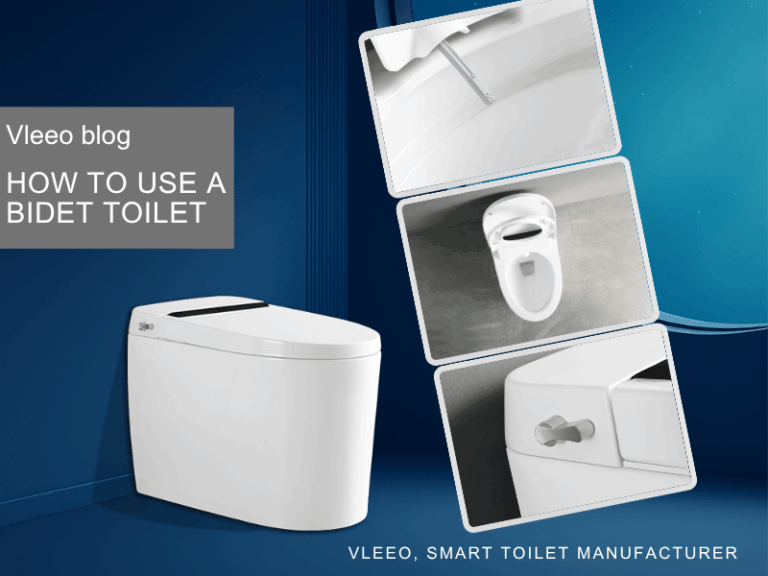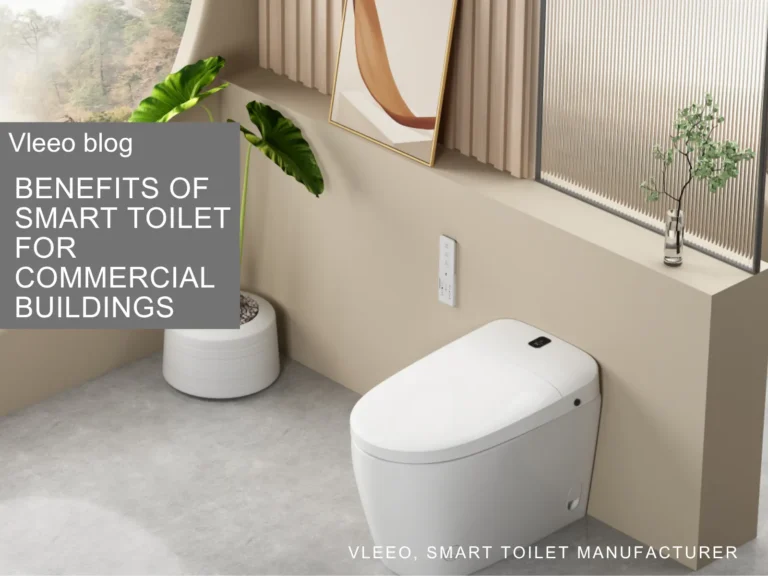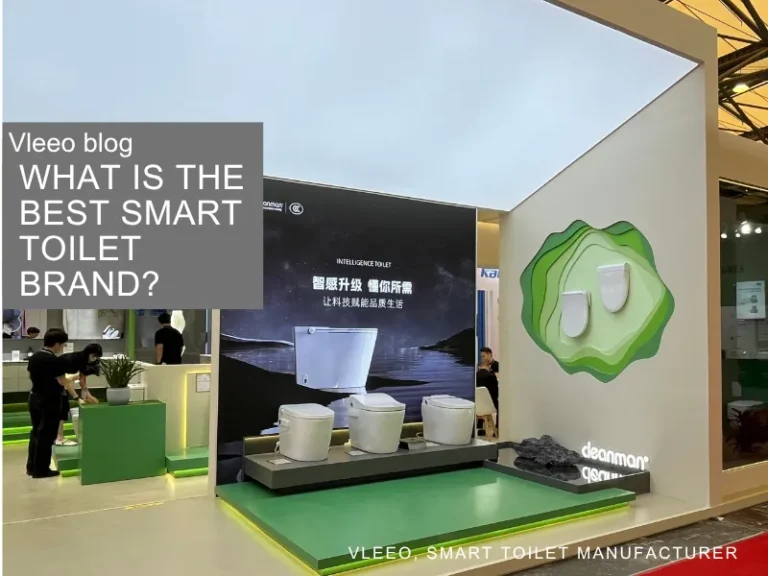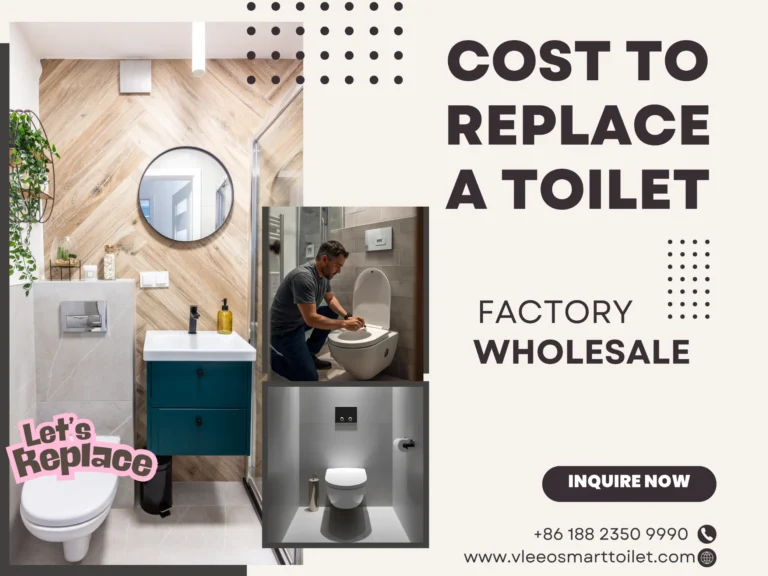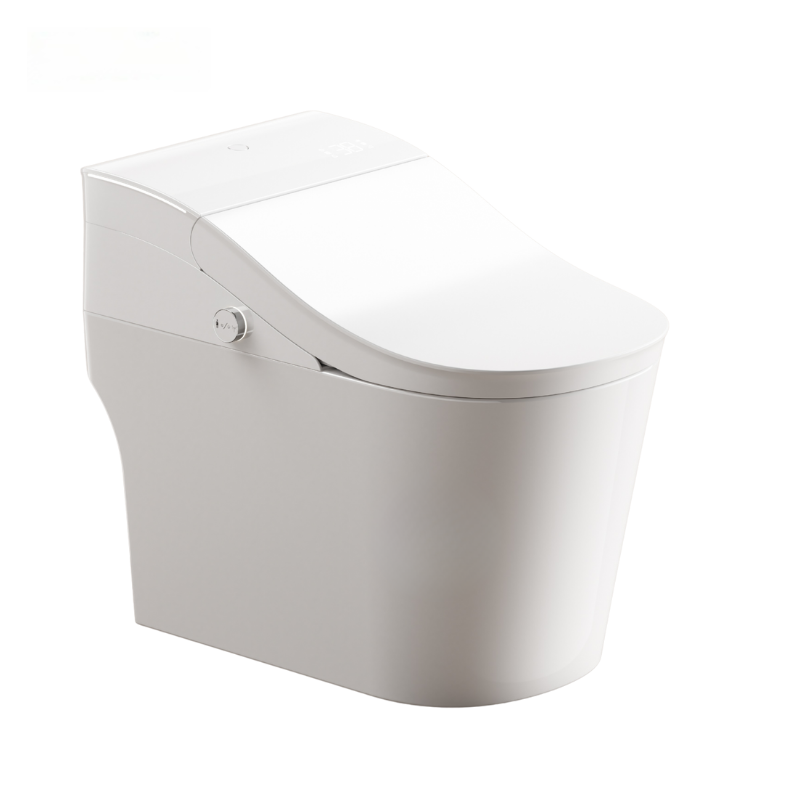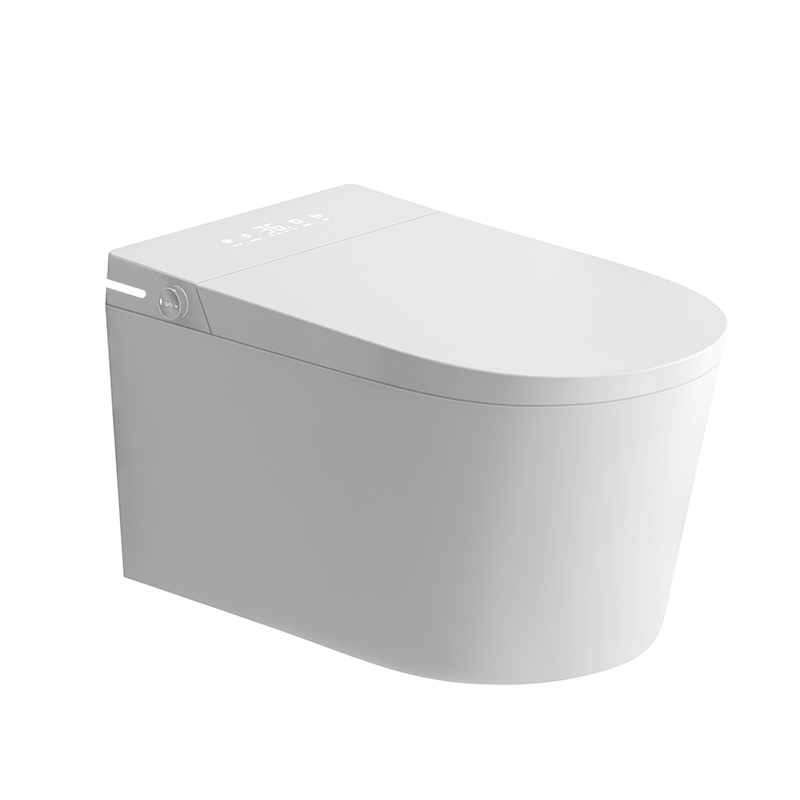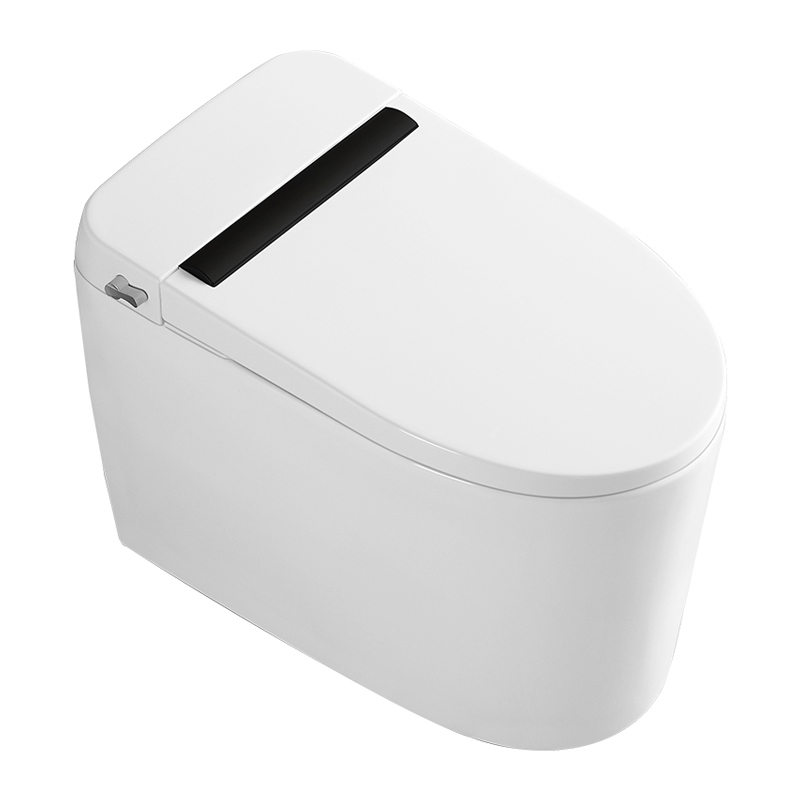-
Guxiang Town, Chaozhou City,Guangdong Province, China
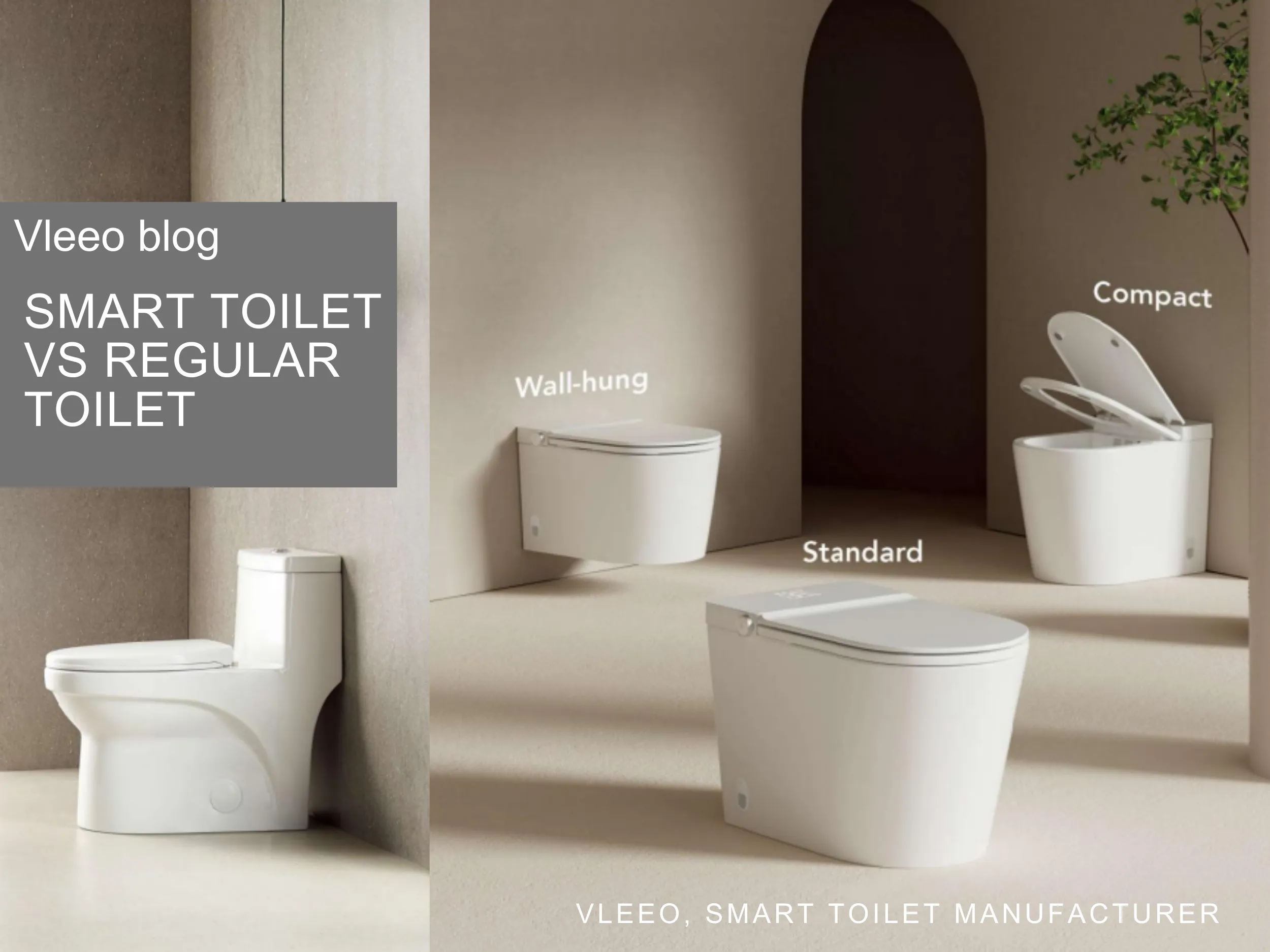
Smart Toilet vs Regular Toilet: Complete Guide for Buyers and Importers
Smart Toilet vs Regular Toilet — Which Should You Choose?
If you’ve ever stood in a showroom or browsed a supplier catalog wondering “smart toilet vs regular toilet — which is better for my customers?”, you’re not alone.
In my years working with bathroom fixtures, I’ve seen buyers face this choice over and over — whether they’re outfitting a new apartment block, upgrading a hotel chain, or stocking a warehouse for retail resale.
This guide breaks it all down for you, from definitions to technical comparisons, regional preferences, and shipping considerations for international trade.
What Is a Smart Toilet?
A smart toilet is a modern upgrade to the classic toilet, designed with integrated electronics and advanced functions that make bathroom use cleaner, more comfortable, and often more efficient.
Common features include:
- Automatic flushing via sensors — no touching required.
- Built-in bidet with adjustable water temperature and pressure.
- Heated seats for cold mornings.
- Self-cleaning nozzles to keep the bidet hygienic.
- Warm air drying to reduce or eliminate toilet paper.
- Night lights for easy use in the dark.
High-end models may even monitor health indicators from waste — research from Stanford Medicine has shown how these features could help with early detection of certain health conditions.
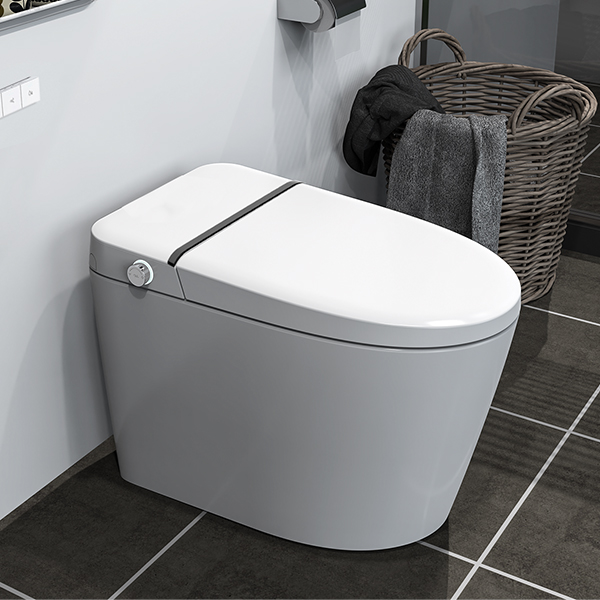
What Is a Regular Toilet?
A regular toilet (sometimes called a standard toilet) is the traditional, mechanical version you find in most homes and public restrooms.
Its key traits:
- Manual flush using a lever or button.
- Ceramic bowl and tank with no electronics.
- Relies entirely on water to clean waste.
- No built-in comfort or hygiene features beyond the basic seat.
They’ve been around for over a century for a reason: simple design, easy maintenance, and affordability.
Hot sell regular toilets from Vleeo’s mother company, Cleanman Sanitary Ware<img src="standard-toilet.jpg" alt="Classic two-piece regular toilet in a residential bathroom" />
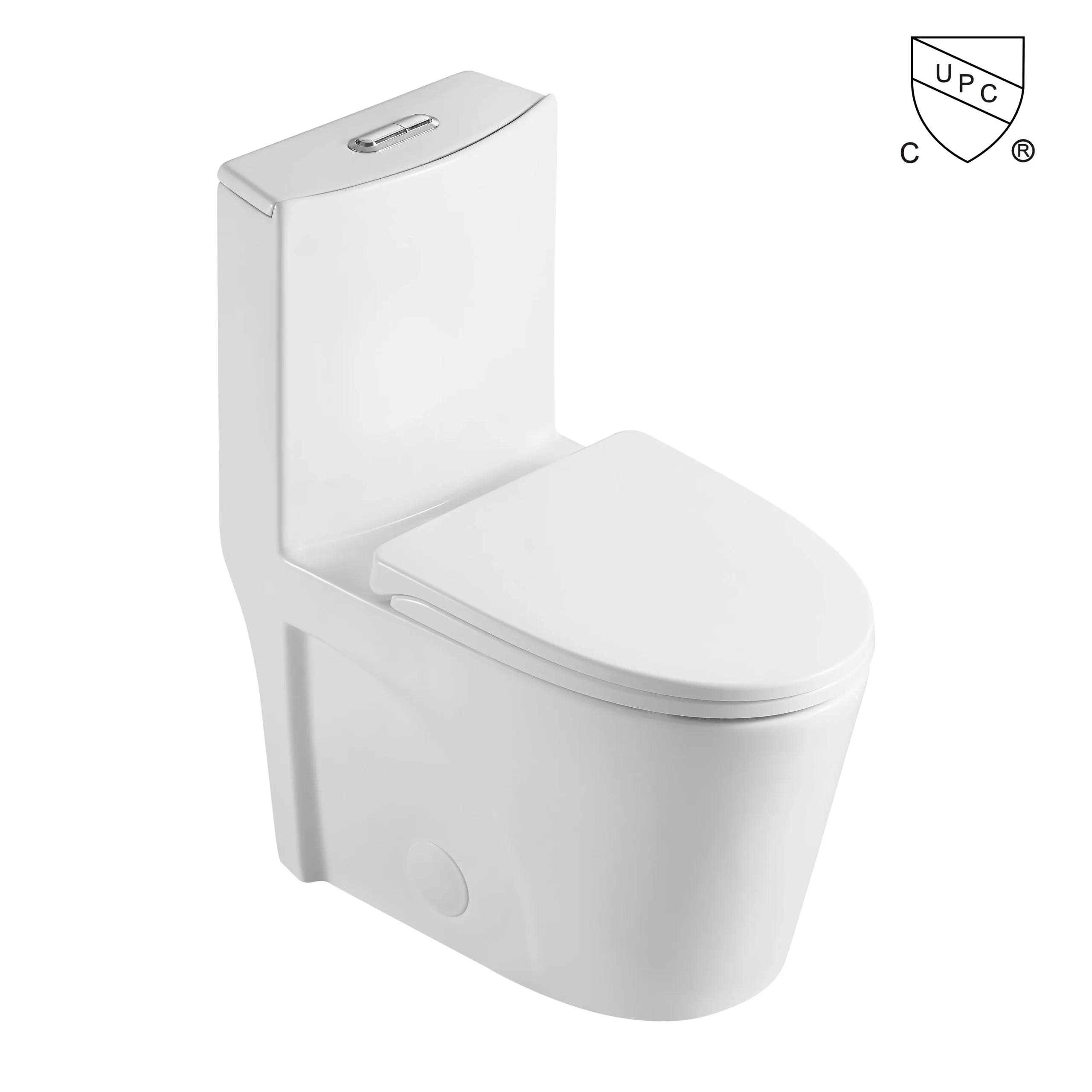
Smart Toilet vs Regular Toilet — Key Comparison Table
| Feature | Smart Toilet | Regular Toilet |
|---|---|---|
| Flushing | Automatic or manual | Manual only |
| Cleaning | Bidet, air dry, self-cleaning nozzles | Toilet paper only |
| Comfort | Heated seat, warm water, LED night light | Basic seat, no heating |
| Water Efficiency | Adjustable, often lower | Standard flush volume |
| Price | Higher upfront cost | Lower upfront cost |
| Maintenance | More complex repairs | Simple, widely available parts |
Pros of Smart Toilets
- Better Hygiene — Touch-free flush and built-in cleaning functions reduce germ spread.
- Eco-Friendly — Adjustable flush volumes and bidets help save water and cut down paper use (U.S. EPA WaterSense).
- Luxury Comfort — Heated seats, warm water washing, and gentle air drying.
- Accessibility — Ideal for elderly users or those with mobility issues.
Cons of Smart Toilets
- Higher Cost — Often several times more expensive than a regular toilet.
- Power Requirement — Needs an electrical outlet nearby.
- Complex Maintenance — Repairs may require specialized technicians.
- Learning Curve — Some users need time to get used to the controls.
Pros of Regular Toilets
- Affordable — Low purchase price makes them great for bulk projects.
- Easy Repairs — Parts are widely available and cheap.
- No Power Needed — Works anywhere with plumbing.
- Proven Reliability — Simple mechanics mean fewer breakdowns.
Cons of Regular Toilets
- Manual Use Only — Requires contact with handles and cleaning with paper.
- No Extra Comfort — Basic seat and cold water.
- Less Eco-Friendly — Uses more paper and often more water per flush.
B2B Buying Factors — Beyond Features
If you’re an importer, wholesaler, or distributor, choosing between smart toilets and regular toilets isn’t just about features. You need to think about:
- Target market — Luxury housing vs. mass housing.
- Local plumbing codes — Some markets require dual flush or water-saving features.
- After-sales service — Smart toilets need more technical support.
- Shipping and storage — Packaging size and fragility affect your bottom line.
Regional Preferences & Market Demand
North America
- Growing adoption of smart toilets in urban areas and high-end renovations.
- Regular toilets still dominate suburban and budget markets.
Europe
- High design expectations — compact, wall-hung smart toilets are popular.
- Eco-standards push water-saving models in both categories.
South America
- Price-sensitive buyers prefer regular toilets.
- Luxury condos and hotels are increasingly adopting smart toilets.
Import & Shipping Considerations
For international buyers, container space efficiency can make or break profitability:
- Smart toilets — Usually one-piece or wall-hung, bulkier, and more fragile. Requires careful packing and cushioning.
- Regular toilets — Two-piece designs pack more efficiently; the tank fits inside the bowl for shipping.
Example: A 40ft high-cube container may fit more regular toilets than smart toilets of the same seat size. To avoid space waste, our customers usually order basins from us and we can load them on top of the container.
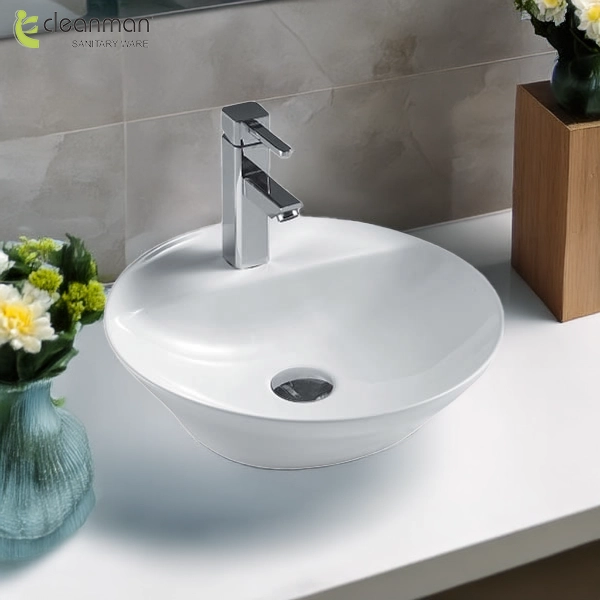
Popular Smart Toilet Models for B2B Buyers
Here are examples from Vleeo that fit different market needs:
- CL-616 entry level smart toilet with full functions — Affordable, feature-rich for entry-level buyers.
- China Smart WC CL-627 for International Buyers — Sleek design ideal for exports.
- Premium cUPC Smart Toilet CL-628 — High-end, certified for North America.
- Intelligent WC CL-631 for Smart WC Wholesale Buyers — For luxury projects.
- Affordable Semi Smart Toilet Bidet by Vleeo — Hybrid solution for mid-range markets.
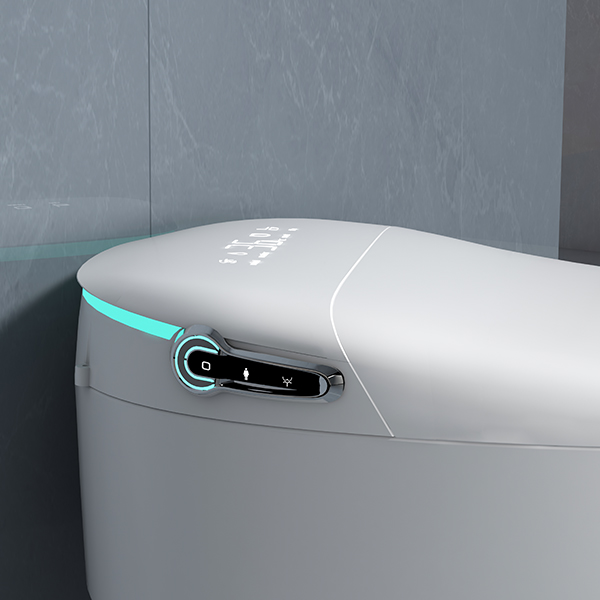
Cost & ROI Comparison for Businesses
| Factor | Smart Toilet | Regular Toilet |
|---|---|---|
| Purchase Price | $250–$2,000+ | $70–$300 |
| Freight Cost/unit | Higher | Lower |
| Service Needs | Skilled technicians | General plumbers |
| Resale Appeal | Premium segment | Mass market |
| ROI Potential | High in luxury markets | High in volume sales |
Final Thoughts
When weighing smart toilet vs regular toilet, remember:
- Smart toilets shine in premium, design-driven, and wellness-focused markets.
- Regular toilets dominate in cost-sensitive, high-volume sales.
- Both have a place in a well-rounded product portfolio for international buyers.
By matching your stock to regional demand, price positioning, and shipping efficiency, you can maximize your profits and meet diverse customer needs.
Cleanman sanitary ware provides regular toilets and basins, while Vleeo provides smart toilets and toilet seats. With rich experience with project builders and supermarket importers, we are here to assist you with expand business.
Bonus: Pre-Purchase Checklist for B2B Buyers
✅ Market Fit
- Who’s the end customer — luxury homeowner, hotel, or budget apartment?
- Will they value advanced comfort features or prioritize cost?
✅ Local Standards
- Plumbing codes and water efficiency regulations.
- Electrical safety certifications for smart models.
✅ Installation Environment
- Is there a nearby power outlet for smart toilets?
- Are installers trained in electronic components?
✅ After-Sales Service Plan
- Stock spare parts for smart toilet electronics.
- Provide warranty information and service support contacts.
✅ Shipping & Packaging
- For smart toilets, ensure extra padding for electronic parts.
- For regular toilets, consider stacking efficiency in containers.
Pro Tip for Importers:
Smart toilets often require individual carton protection with molded foam inserts. This not only reduces breakage but also improves your brand image when unboxed.
You can use this as:
- Internal training material for your sales team.
- Customer education for your wholesale buyers.
- Marketing collateral — turn it into a PDF download to collect leads.

